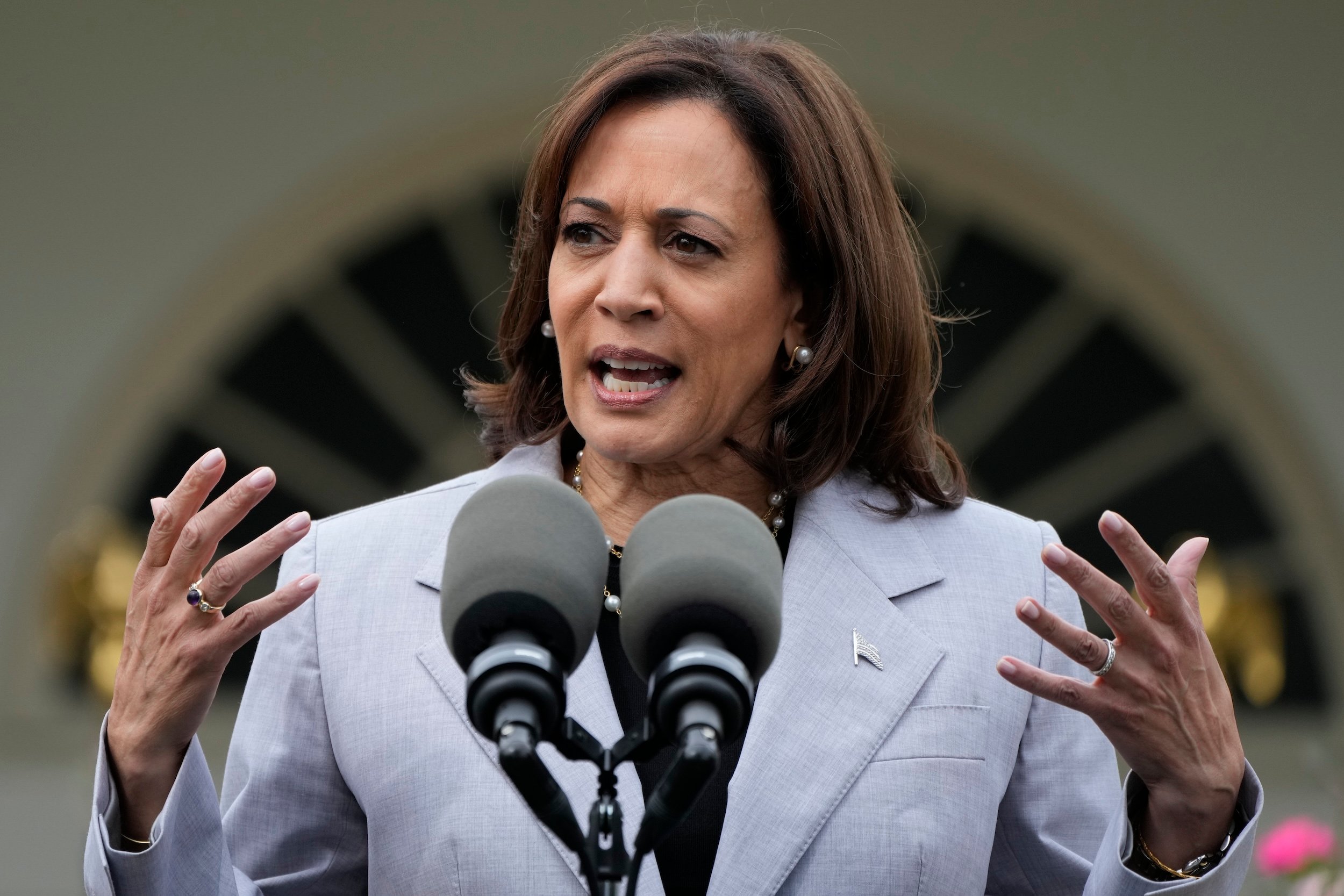Good morning, Bulletin readers. In yesterday’s newsletter, we debuted Since Parkland, a collection of nearly 1,200 profiles of young people killed by guns since the shooting at Marjory Stoneman Douglas High School. Today we’re bringing you more reporting from our partners at The Miami Herald and other McClatchy newspapers, which used data we gathered to further explore the ways that guns harm kids.
Receive this daily news briefing by email every morning. Sign up here.
“A Parkland every five days.” The Herald‘s Caitlin Ostroff and McClatchy’s Kevin G. Hall calculated that figure based on the number of victims we were able to identify using Gun Violence Archive data. As they note, the true pace of child gun deaths is even higher. (Our count, for one, had to omit suicides, for reasons we explain here.) But government data operates on a lag, and lacks the level of detail our project provides. And federal research on gun violence remains sharply restricted and virtually unfunded.
Unintentional shootings are killing kids at an alarming rate. At least 150 children have died by accidental gunfire in the year since Parkland, many of whom got their hands on family weapons that weren’t properly stored. Some states have implemented child access prevention laws, which allow law enforcement to prosecute parents who store their guns negligently. But the decision whether to charge a parent after the death of a child is an agonizing one, and careless gun owners whose children kill themselves rarely end up getting prosecuted.
Many children end up as collateral victims in murder-suicides. At least 131 children profiled in “Since Parkland” were killed in domestic shootings, the vast majority of which were murder-suicides. What might help reduce such tragedies: Red flag laws.
After the Parkland 14, at least 66 other children were fatally shot in Florida. The shootings happened across the state, in big cities and small towns. The circumstances around them were equally varied — some were the result of unintentional gunfire, others stemmed from minor disputes. Even with dozens of child gun deaths, the state was not a national leader, ranking 21st in the country in terms of its youth death rate.
Wilmington, Delaware, is the most dangerous city for American youth. No city, relative to its size, experiences such a high rate of gun deaths, among both youth and adults. City leaders have made strides in recent years to address the issue, implementing new public health tools for studying violence. But with city agencies out of step with one another and federal funding nearly impossible to come by, sustaining the progress has proven challenging.
“What insanity is that?” The News & Observer widened its lens to look at children killed and injured by guns in North Carolina over the past five years, finding that at least 220 kids have been fatally shot during the period, with another 242 children hospitalized for gun-related injuries in 2016 and 2017 alone.
“It’s become so normal.” And here’s the view from South Carolina, where The State reported on the 39 kids killed by guns there since Parkland.

